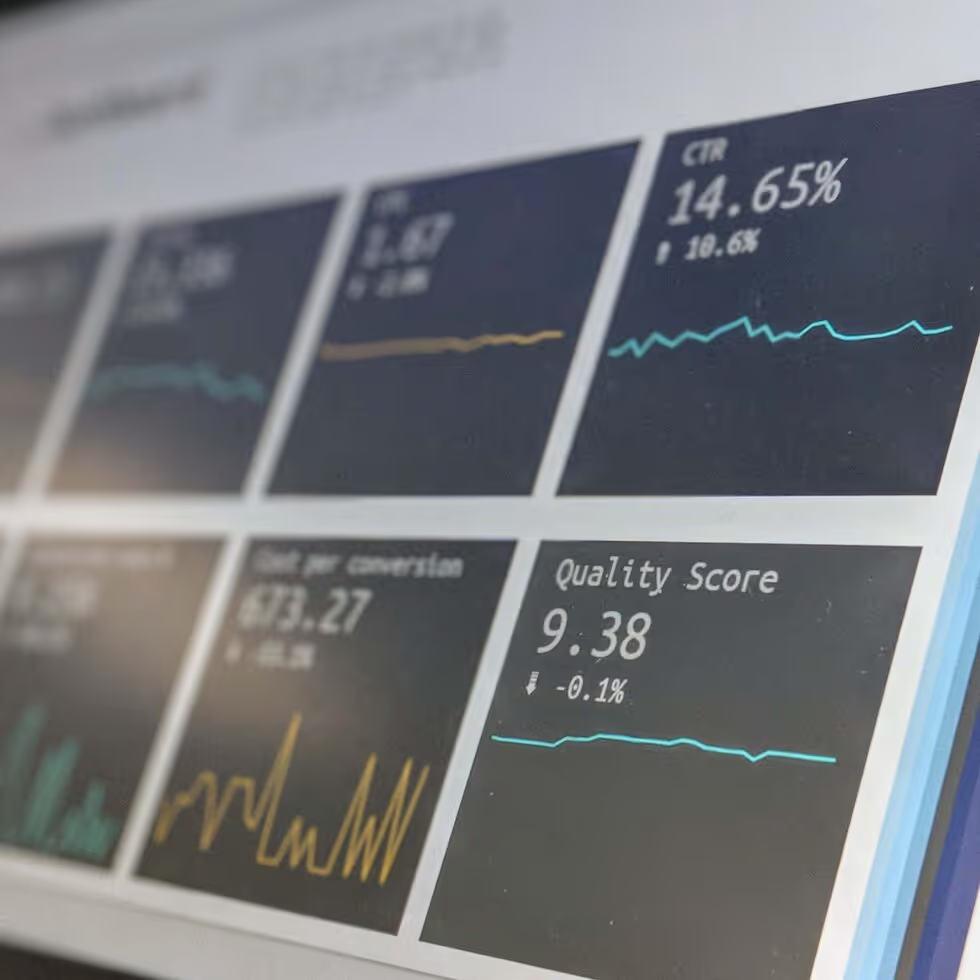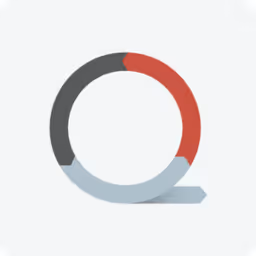We regularly work with brands that feel stuck and can’t scale their businesses, even after engaging a “performance” marketing agency. Not all agencies are made equal, and many make mistakes that can keep your brand from growing.
Here are the most common and impactful issues we see and our recommendations for fixing them.

Not tracking your media spend across the customer journey
Consumers engage with brands and can be organized into different customer journey stages. The customer journey has four main steps: Awareness, Consideration, Conversion, and Loyalty. Each journey step is important and impacts the overall campaign's success.
Most agencies only invest in the Conversion stage of the customer journey to drive high ROAS and extremely cost-effective ad campaigns (learn more about why a high ROAS can be bad).
When ad campaigns only focus on the Conversion stage, the brand will never scale or grow. You need to invest in introducing the brand and products to new consumers instead of only engaging with customers who already know the brand and are likely to purchase.
Not accurately tracking campaign performance
You can’t improve what you don’t measure. It’s important to use a strategic measurement methodology to monitor campaign results, and to understand what is most effective for the brand truly.
We commonly see campaign reporting that uses “attributed” metrics, which are results reported by each ad platform. The issue with using attributed metrics is that results can be double and sometimes even triple-counted.
For example, imagine a consumer sees an ad on Facebook but doesn’t purchase it immediately. Instead, they come back and purchase after clicking on a Google Ads search ad. In this instance, Facebook and Google would take credit for that purchase.
Instead, you should use a mix of attributed data and last-click data from Google Analytics to identify what is effectively driving growth. As you scale and have access to additional data, a marketing mix model will help you better allocate resources to channels that are driving the best results.
Not consistently testing new creative messaging
Do you know why consumers should engage with your brand or purchase your products? Making sure your messaging is engaging is one of the most important levers for driving growth and scale.
We recommend regularly testing new creative messaging to learn why consumers purchase from them and what the consumer finds most compelling.
When brands don’t invest in different messaging, they tend to rely on discounts and offers to drive purchases. Over time this can hurt the brands’ positioning and make it more difficult to differentiate the brand in the market.
Not sure what to test? Here are a few hook ideas for you to consider:
- Memorable catchphrase
- Highlight community and brand values
- Communicate product features
- Focus on testimonials and influencers
- (Use strategically) Share a differentiated offer
Determining what kind of messaging works best for each audience and customer stage will enable you to drive efficiencies that help scale your campaigns.
Not regularly running a/b test to maximize results
Most agencies say they run a/b tests, but few do it well. We commonly see two mistakes: testing the wrong thing and incorrect test design.
When running split tests, it’s important to know why you’re testing something. We do not subscribe to the idea of “testing everything.” While it’s a great soundbite, it’s a really bad strategy. When you run media campaign tests, there’s an actual and opportunity cost to running the test; instead of “testing everything,” test elements that will improve KPIs below key benchmarks.
For example, if you notice that your campaign CTRs are low, but your conversion rate and CPMs are within industry benchmarks, you would want to invest in creative tests to help increase your CTR. It wouldn’t make sense to do an a/b test on the landing page because the increasing conversion rate will not drive the most impact for the campaign.
Secondly, incorrect test design is dangerous because it can lead to bad tests and give you incorrect data that leads you to make the wrong decision.
Some of the most common testing mistakes we see are: not using the ad platform’s split testing functionality, making changes to the test mid-program, not accurately differentiating audiences, and not investing enough in a test to get to statistical significance.
Not bringing you new ideas and technologies to explore
One of the best things an agency can do is help you continue to be on the cutting edge. The biggest benefit of an agency (versus an in-house team) is the external expertise and innovations that they can bring to you.
Your agency should help you identify technologies and ideas to better your ad creative, audience targeting, measurement, personalization, web technologies, and UI/UX.
Smart media agencies look at these tools as opportunities for driving additional efficiencies and scale.
Your agency should be a strategic partner that goes beyond just outsourced resources. They should be a thought leader that you can lean on to answer industry questions, track market trends, and help drive innovation.
What’s next?
An effective agency can be an unfair advantage for a growing brand. They can offer resources and expertise that you would not have access to otherwise. However, agencies can also prevent a brand from reaching its true potential. It’s important to ensure you have the right agency for your brand and goals.





